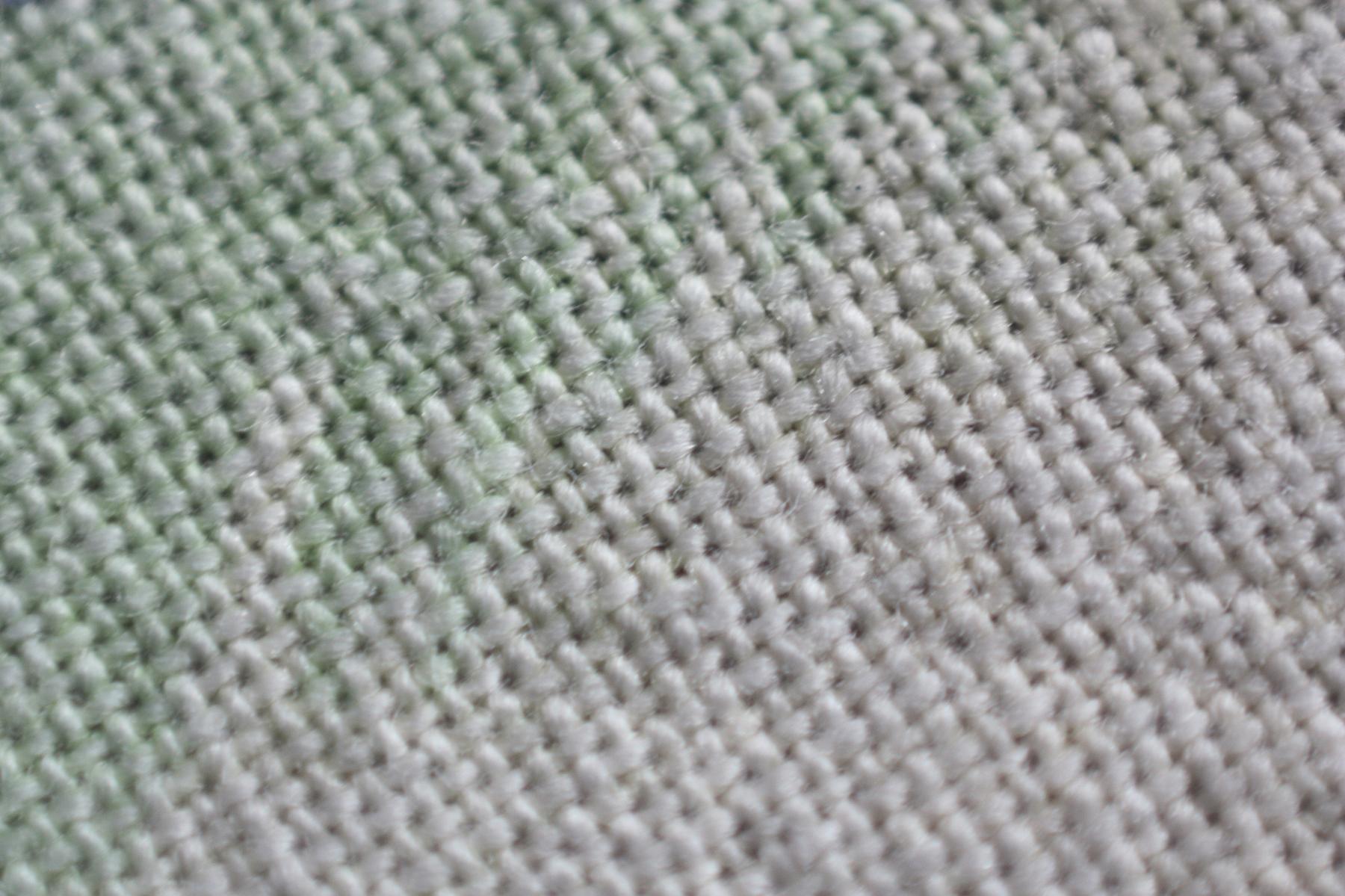When it comes to interior design, we often think of furniture, wall art, and decor. But have you ever considered the impact that textiles can have on a space? From intricate tapestries to bold drapery, textiles can transform a room from ordinary to extraordinary. In fact, some designers are taking textile installations to a whole new level with innovative designs that will leave you in awe. Get ready to explore the world of textile installations and discover how these stunning creations can elevate any space.
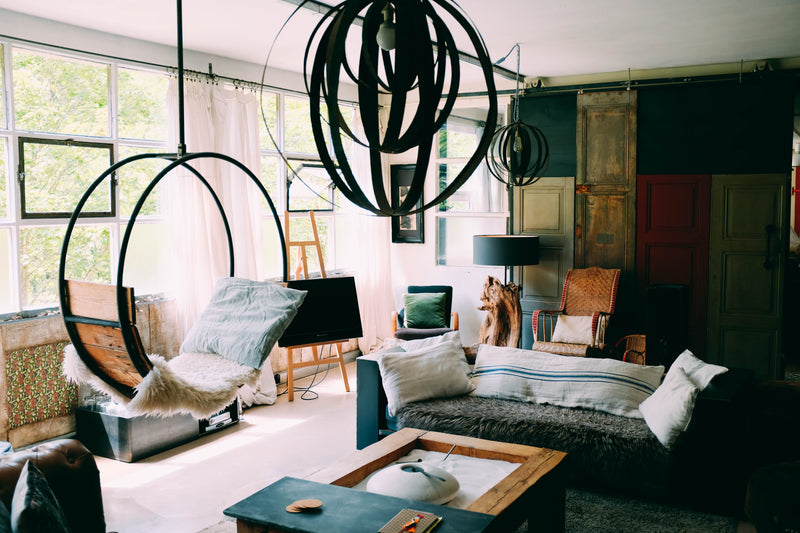
Introduction: The Rise of Textile Installations in Interior Design
Textile installations have been gaining popularity in interior design, offering a unique and innovative way to add texture, color, and dimension to any space. From large-scale installations in public spaces to smaller pieces in residential homes, textile installations are versatile and can be customized to fit any design aesthetic. The use of textiles in installations allows for a wide range of materials to be incorporated, including natural fibers like wool and cotton, as well as synthetic materials like nylon and polyester. With the rise of sustainable design practices, many textile installations are also being created using recycled or upcycled materials. Whether used as a statement piece or integrated into the overall design scheme, textile installations* offer endless possibilities for creativity and functionality in interior design.
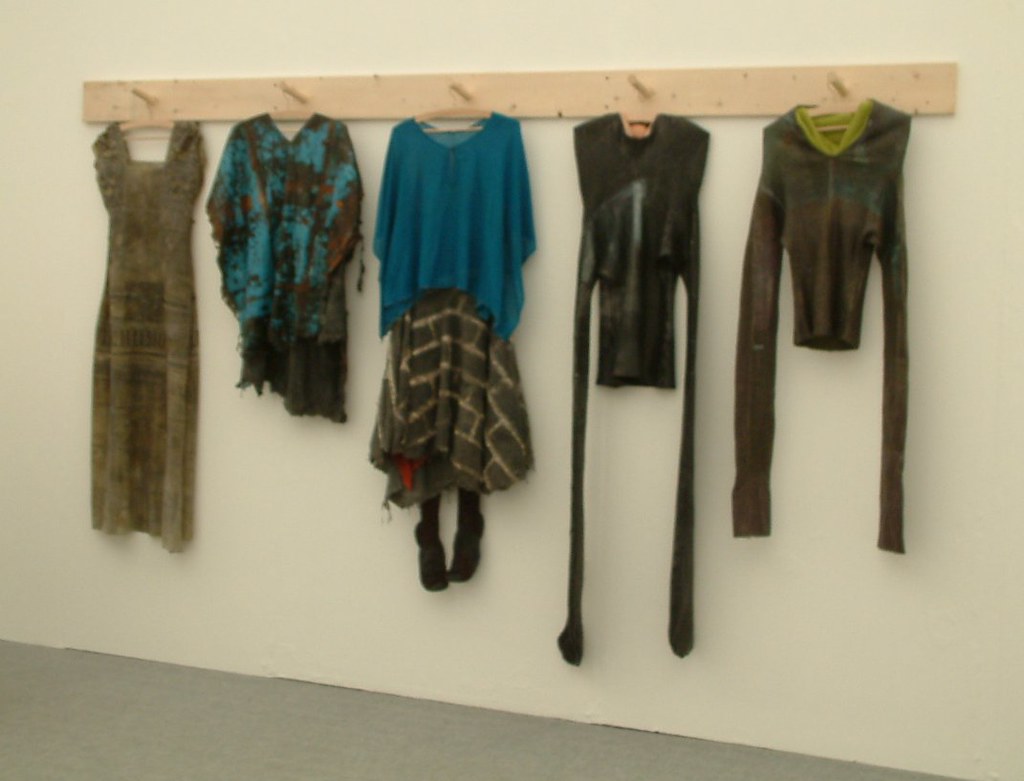
Exploring the Art of Textile Installations: A Closer Look
Textile installations are a unique form of art that has been gaining popularity in recent years. These installations involve using textiles as the primary medium to create stunning pieces of artwork or functional design elements. The techniques used to create these works vary greatly, from traditional weaving and knitting to cutting-edge technologies like laser cutting and 3D printing.
Many textile installations explore themes such as sustainability, cultural heritage, and social issues through their designs. Artists often use natural materials like wool, cotton, and silk to create tactile textures that play with light and shadow in innovative ways. These installations can be found in public spaces such as museums or galleries but also increasingly in private residences.
Whether they’re hanging on walls like tapestries or draped across furniture pieces the possibilities for incorporating textile installations into interior design are endless. With its ability to transform space through color, texture, and pattern it is not surprising why this art form is becoming increasingly popular among designers looking for something new to push boundaries.

The Top 5 Innovative Textile Installations You Need to See
Innovative textile installations have taken the interior design world by storm, and here are five examples that will leave you in awe. First on the list is the “Floating Piers” installation by Christo and Jeanne-Claude, which featured over 100,000 square meters of shimmering yellow fabric floating atop a lake in Italy. Another breathtaking example is “Plexus no. 35” by Gabriel Dawe, a rainbow-colored sculpture made entirely out of thread that creates an illusion of light beams piercing through it. The interactive “Woven Sky” installation at the National Centre for Craft & Design invites visitors to unravel individual threads to create their own unique patterns within a larger textile piece. Meanwhile, Mia Pearlman’s intricate paper-cutting skills shine through her woven metal wire textile called **”Cirrus Cloud Installation.” Finally, we have the colorful and quirky crochet “Guerilla Girls Balaclavas,” which were plastered around various streetscapes in New York City as part of an art project advocating for gender equality in art institutions.

How Textile Installations are Revolutionizing Interior Design
The Art of Textile Installations: A Brief Overview
Textile installations are not just decorative pieces, but they also serve a functional purpose in interior design. They can be used to divide spaces, add texture and color, and create a unique ambiance. The art of textile installations involves the use of different fabrics, patterns, and techniques to create visually stunning pieces that evoke emotion and add character to a space. From large-scale installations that cover entire walls to intricate pieces that hang from the ceiling, textile installations are transforming the way we think about interior design. With their versatility and ability to add depth and dimension to any space, it’s no wonder why they are becoming increasingly popular in the design world.
How Technology is Revolutionizing the World of Textile Installations
Advancements in technology have opened up a whole new world of possibilities for textile installations. From 3D printing to digital weaving, technology has made it easier to create intricate and complex designs with precision and accuracy. With the use of smart textiles and LED lighting, textile installations can now be interactive and responsive to their environment. This has allowed designers to create installations that not only serve an aesthetic purpose but also have practical applications such as controlling temperature and lighting. The integration of technology in textile installations has truly revolutionized the field, pushing the boundaries of what is possible and creating a new era of innovative design.
Innovative Ways to Incorporate Textile Installations in Interior Design
Sustainable materials and unexpected placements are two innovative ways to incorporate textile installations in interior design. Instead of traditional wall hangings, consider suspending a woven installation from the ceiling or creating a floor-to-ceiling tapestry. Using sustainable materials such as recycled fabrics or natural fibers not only adds an eco-friendly element to your space but also creates a unique texture and visual interest. Another way to incorporate textile installations is by using them as room dividers or incorporating them into furniture pieces such as chairs or headboards. The possibilities are endless when it comes to incorporating textile installations in interior design.
Sustainability and Ethics in Modern Textile Installations
As the world becomes more conscious about sustainability and ethical practices, interior design is no exception. Modern textile installations prioritize eco-friendly materials such as organic cotton, bamboo, and recycled fabrics. Additionally, designers are opting for local production to reduce their carbon footprint and supporting fair trade practices. The use of sustainable textiles not only benefits the environment but also enhances the quality of life for workers involved in the production process through fair wages and safe working conditions. As we shift our focus towards a greener future, these innovative and environmentally conscious textile installations will continue to shape the future of interior design.
The Intersection of Art and Functionality in Textile Installations
Art and Functionality are two concepts that rarely intersect in interior design, but textile installations* have found a way to seamlessly blend the two. These installations not only serve as visually stunning pieces of art, but they also provide practical functions such as sound absorption, light filtration, and temperature control.
For example, a large-scale tapestry installation can add texture and warmth to an otherwise sterile conference room while also improving acoustics for better communication. Similarly, a set of hanging fabric panels can divide a space while allowing natural light to filter through.
The key is in choosing the right fabrics with the appropriate weights and textures for optimal functionality without sacrificing aesthetic appeal. When done correctly, textile installations prove that art can indeed have a purpose beyond pure visual pleasure.
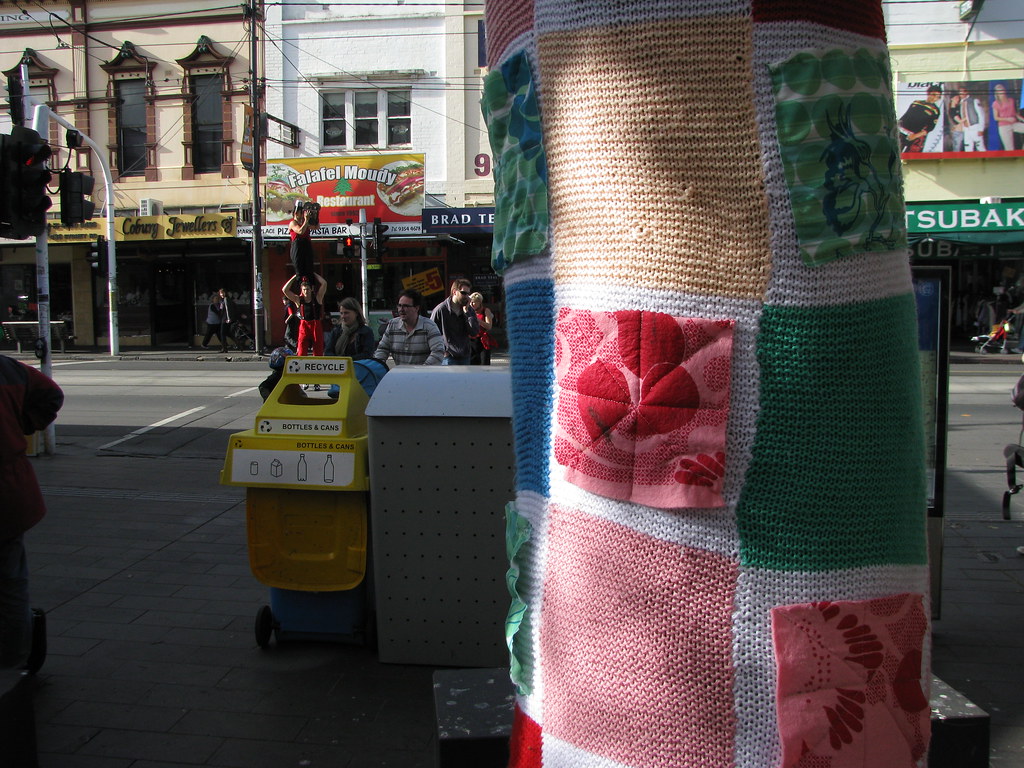
Behind the Scenes: The Making of a Textile Installation
Conceptualizing the Design: From Inspiration to Sketches
When it comes to creating a textile installation, the first step is conceptualizing the design. Inspiration can come from a variety of sources such as nature or personal experiences. After gathering ideas, sketches are made to bring the vision to life. These sketches allow for experimentation and exploration of different techniques and materials that will ultimately shape the final product. It’s important to also consider practical aspects such as durability and maintenance in order to ensure longevity of the installation. The use of sustainable materials is becoming increasingly popular in eco-conscious designs, adding an extra layer of creativity in the production process.
Choosing the Right Materials: Exploring Textures and Colors
When creating a textile installation, choosing the right materials is crucial. It’s important to consider the texture and color of the fabric in order to create a cohesive and visually stunning piece. The selection of fabrics can also impact the functionality of the installation, such as providing sound absorption or insulation. Textures like wool, silk, or linen can provide depth and dimension while adding warmth to a space. Vibrant colors can create a bold statement while subtle hues offer soothing tranquility. When it comes to textile installations, selecting high-quality materials will ensure longevity and durability for years to come.
The Art of Installation: Techniques and Challenges
Creating a textile installation requires a unique set of skills and techniques. The process starts with sketching the design, followed by selecting materials that are not only visually stunning but also durable enough to withstand wear and tear. Once the design is finalized, the actual construction begins which involves cutting, stitching, and weaving together different textiles to bring the vision to life. One of the biggest challenges faced during this process is ensuring that each element of the installation complements one another seamlessly while maintaining structural integrity. Additionally, proper lighting plays an essential role in showcasing every detail of these installations – emphasizing texture and color is key for maximum impact.
Collaborating with Artists and Architects: The Power of Teamwork
Collaborating with artists and architects is crucial in creating innovative textile installations that truly stand out. By working together, designers can combine their expertise to create a unique and functional piece of art. The artist brings their creative vision and understanding of materials, while the architect provides technical knowledge and practical considerations. This collaboration allows for experimentation with new techniques and materials, resulting in installations that push the boundaries of traditional textile design. The end result is a stunning piece that seamlessly integrates into the surrounding space, enhancing the overall aesthetic and functionality.
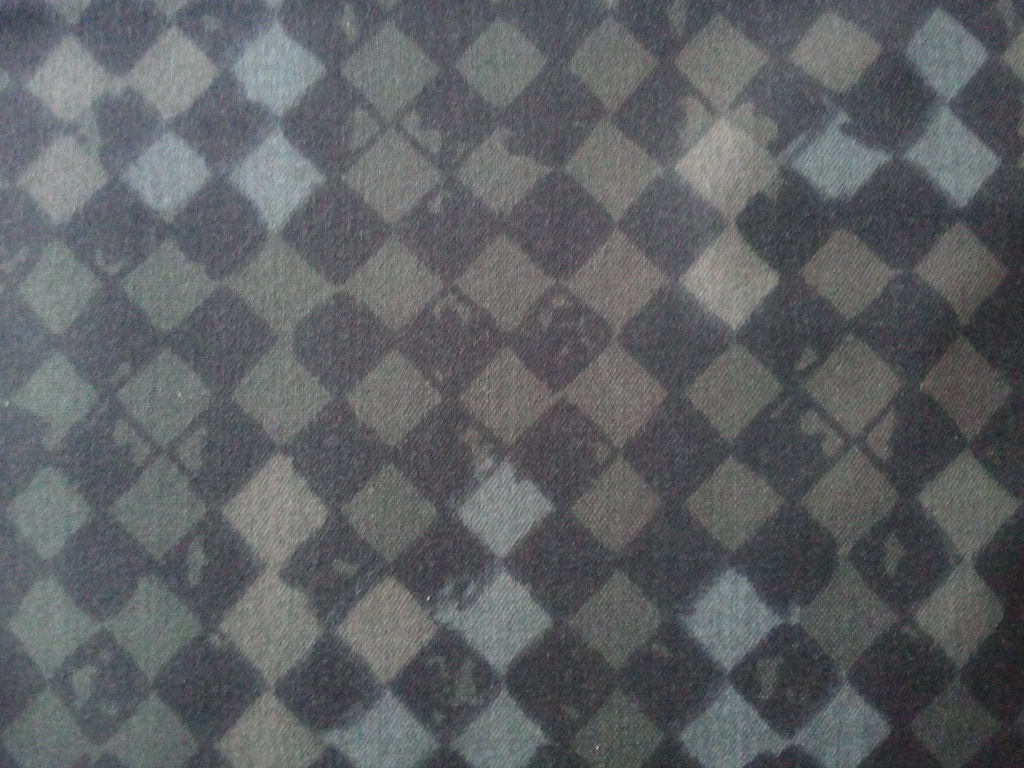
From Concept to Reality: How to Incorporate Textile Installations in Your Home
Incorporate textile installations into your home to elevate your interior decor. First, consider your space and choose the appropriate size and style for the room. Mix and match textiles such as curtains, rugs, and throw pillows with a textile installation to create a cohesive look. Textile installations can also be functional pieces like acoustic panels or room dividers. When selecting fabrics, opt for materials that are durable yet visually appealing. Work with a professional installer to ensure proper placement and installation techniques are used. Don’t be afraid to experiment with different colors and patterns to add depth and texture to your space. Finally, enjoy the unique artistry of your new textile installation while it transforms the ambiance of any given area in your home!
Conclusion: The Future of Textile Installations in Interior Design
The future of textile installations in interior design is bright and promising. As technology advances, designers are able to create even more intricate and complex installations that blur the line between art and functionality. With sustainability becoming a top priority in the design industry, we can expect to see more eco-friendly materials being used in textile installations. Additionally, the rise of virtual and augmented reality may allow for even more immersive and interactive textile installations in the future. As consumers become more conscious of their environmental impact, they may also seek out unique and sustainable ways to incorporate textile installations into their homes. The possibilities are endless, and we can’t wait to see what the future holds for this exciting and innovative field.
In conclusion, textile installations have become a game-changer in the world of interior design. These innovative pieces of art not only add aesthetic value to a space but also bring functionality and purpose. From the intricate designs to the use of sustainable materials, textile installations have proven to be a versatile and eco-friendly option for any home or commercial space. As we continue to see advancements in technology and design, we can only imagine what the future holds for textile installations. One thing is for sure, they will continue to leave us in awe and inspire us to push the boundaries of creativity.
